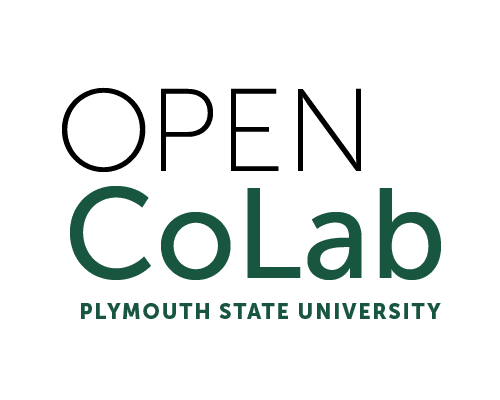

Design Forward
An emergent exploration of critical instructional design.
Design Forward
Portfolio Part: Leveling Up for the Modern Student
Student Biography
Leveling Up for the Modern Student
In this exercise you will explore the stories and lives of your current students. You may choose to write a biography (incorporating the elements identified below) or you may choose to draw or otherwise represent a student (again, finding some way to incorporate the identified elements). Be as specific as possible, but think of your imagined biography as an amalgamation of students, rather than the actual biography of an individual student you know:
Elements to include:
- Name
- Hometown(s)
- Childhood education experience: type of school attended, typical grades, relationship with teachers, overall impression of what school is for z Family background: How may parents, siblings, etc. Who do they live with? Who do they have close relationships with?
- Interests & hobbies
- Declared major(s) or minor(s)
- Future life goals
- Stressors and obstacles
- Opportunities and comforts

Name: Stress and Worry
Hometowns: Anywhere USA/Internationally
Childhood education experience: attended public school, average grades, good teachers who are overloaded with large classes, large demands on time, not enough time to devote to students. Students live with both parents and most have siblings. Students are close to their friends, coaches or other co-curricular mentors.
Interests and hobbies: what looks good on college applications? As many AP and honors classes as possible. Part time job, athletics, co-curriculars, social media profile.
Declared major/minor: Strong interest in nursing, psychology, business, and criminal justice.
Future life goals: how will they ever afford to be able to buy a house? This generation thinks about this question. What career will make the most money so this is a reality?
Stressor and obstacles: COVID did a number on these kids in terms of academic readiness and mental health.
Opportunities and comforts: learning looks different now, in that flexible and asynchronous learning is mainstream. Social media is comforting and an a stressor.
When you’re done, write 1-2 paragraph reflecting upon the student you have created. Where did you get your inspiration? How is this student like/different than you were as a student? As a teacher, what do you think are the 3 most important things you can do for this student?
I have created this student/s based on what I’ve seen in the classroom, what I see from my children’s peers, and what I see in schools on the road for admissions. This student is different from the way I was as a student because I didn’t live through a global pandemic, mental health was not something that was labeled or paid attention to, and social media didn’t have a stronghold on society. Those three factors have had a significant impact on the mental health of today’s teenagers, which is intricately woven into their academic experience.
The three most important things we can do for students is to trust them, advocate for them, and be a trusted adult. That looks like leading with kindness and compassion in the classroom. Viewing our students as people who have lives outside of the classroom that impact how they show up (or don’t) in the classroom, lends itself to connection and learning. Our students need advocates. Many have been rendered insecure in the classroom, socially, and in society in general as a result of the pandemic. If we advocate for our students and empower them to move forward as the confident and competent young adults they are, they will benefit as students and community members. Last, we show up as trusted adults. That can mean a variety of things. It can mean asking students how they are and really wanting to know the answer to the question. It can mean following up if a student shares that they aren’t ok. It can mean celebrating their successes and listening to their challenges. It means believing that they are capable of doing hard things, both in and out of the classroom, and empowering to lean into the gray. In the end, it means seeing, really seeing, our students as individuals that we are in an educational partnership with.
